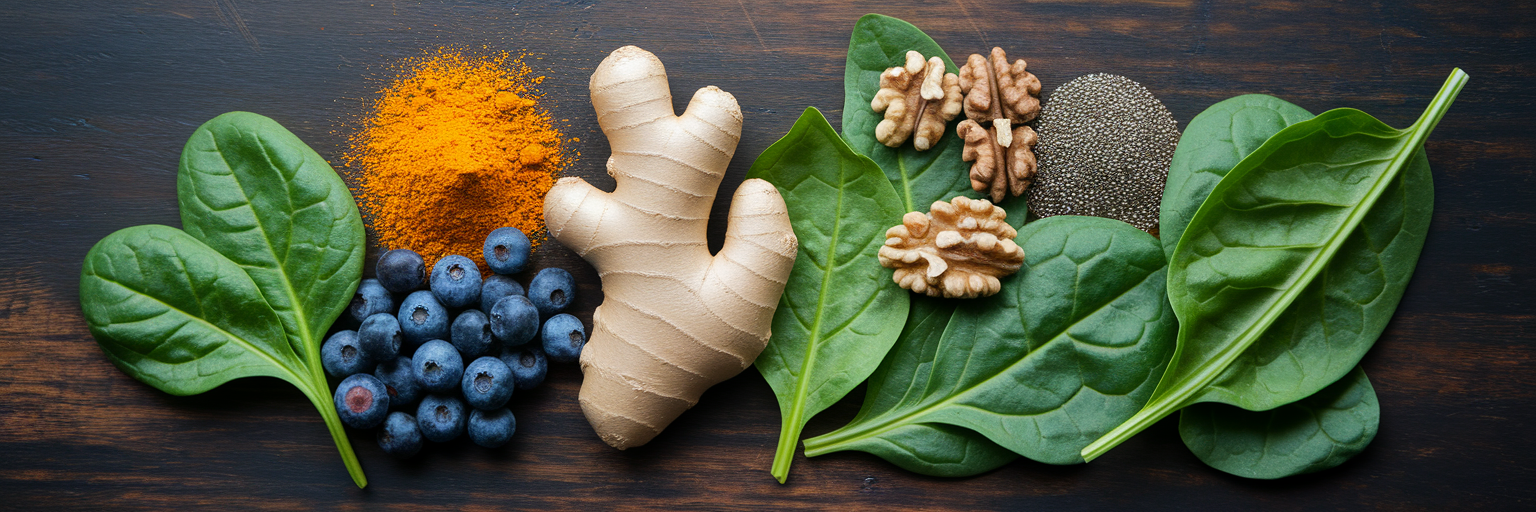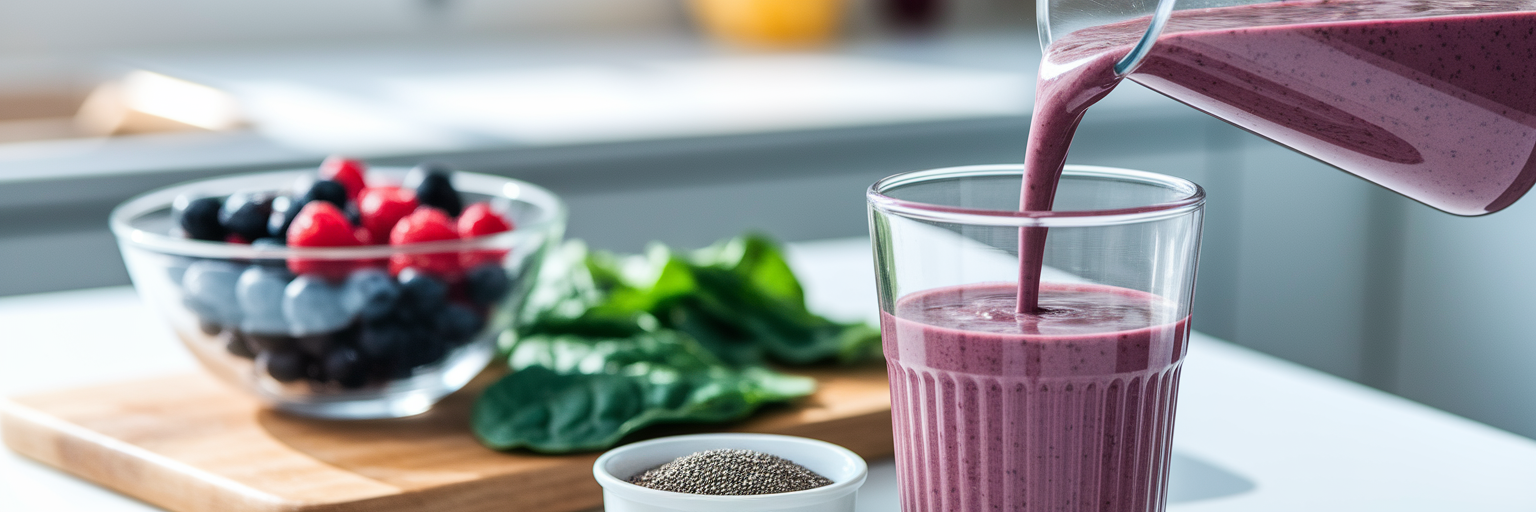The Truth About Exercise and Inflammation
Let's talk about that satisfying ache you feel a day or two after a great workout. Many people think of this soreness as a necessary evil, but it’s actually a sign of progress. When you push your limits, you create tiny, microscopic tears in your muscle fibers. In response, your body sends in a natural "construction crew" to clean up and rebuild. This process is called acute inflammation, and it’s essential for getting stronger.
That familiar stiffness, known as delayed onset muscle soreness (DOMS), is just a signal that your body is hard at work repairing and reinforcing your muscles. It’s a temporary and healthy response. The real issue for active people isn't this short-term repair process, but rather chronic inflammation. Think of it as a low-grade, persistent state of alert that never quite shuts off.
Unlike the helpful acute response, chronic inflammation can sabotage your recovery, hurt your performance, and impact your long-term health. The goal isn't to stop inflammation altogether. Instead, it's about managing it effectively through smart nutrition so your body can recover efficiently without getting stuck in that chronic state. This is where a diet rich in anti-inflammatory vegan foods can make a huge difference.
The Scientific Power of Anti-Inflammatory Plants

So, how exactly do plants help manage this inflammatory response? The power lies in specific compounds that work to protect your body at a cellular level. Research consistently connects plant-based diets with lower levels of inflammation. In fact, a 2022 meta-analysis referenced by the National Center for Biotechnology Information (NCBI) showed that people following vegan and vegetarian diets tend to have lower levels of pro-inflammatory markers like C-reactive protein (CRP).
This effect is driven by a team of powerful plant-based nutrients. Antioxidants, like the carotenoids found in carrots and spinach or the flavonoids in berries, act as your body’s defense system. They work to neutralize the oxidative stress that naturally occurs during intense exercise, protecting your cells from damage.
Then there are plant-based omega-3 fatty acids (ALA), found in foods like flaxseeds, chia seeds, and walnuts. Your body uses these healthy fats as the building blocks to create its own anti-inflammatory molecules. By regularly including these anti-inflammatory vegan foods in your diet, you’re giving your body the exact tools it needs to cool down inflammation and bounce back stronger after every workout.
How Vegan Protein Optimizes Muscle Repair
While managing inflammation is key, your muscles still need the right materials to rebuild. This is where high-quality vegan protein comes in. Plant-based protein sources like pea, hemp, and brown rice are packed with the essential amino acids required to kickstart muscle protein synthesis, the scientific term for repairing and building muscle tissue. This makes vegan protein for muscle recovery an incredibly effective choice.
But there’s another advantage. Vegan proteins can be less inflammatory than some animal-based options, creating a better environment for recovery. A compelling 2018 study published by the American Heart Association found that participants on a vegan diet saw a significant drop in high-sensitivity C-reactive protein (hsCRP), a key marker of inflammation, compared to those on a standard heart-healthy diet. This directly supports the benefits of a plant based diet for athletes looking to optimize their recovery.
What about the old myth of "incomplete" plant proteins? You can put that concern to rest. By eating a variety of plant sources throughout the day, you can easily get the full spectrum of amino acids your body needs to thrive. If you're curious about how different options compare, exploring our guide on the best protein powders can help you find the right fit for your routine.
Your Anti-Inflammatory Food Toolkit

Knowing the science is great, but putting it on your plate is what really counts. Building an anti-inflammatory diet is easier than you think. It’s all about focusing on colorful, whole plant foods. Here are some of the most powerful groups to include:
- Nuts and Seeds: Walnuts, flaxseeds, and chia seeds are loaded with anti-inflammatory omega-3s.
- Herbs and Spices: Turmeric (with its active compound curcumin) and ginger are famous for their potent anti-inflammatory properties.
- Fruits and Vegetables: Berries, cherries, and leafy greens like spinach and kale are packed with antioxidants that fight cellular stress.
To make it even simpler, here is a quick guide to help you build your meals.
| Food Group | Key Anti-Inflammatory Compound | Easy Way to Eat It |
|---|---|---|
| Berries & Cherries | Anthocyanins (Antioxidants) | Blend into your post-workout protein smoothie. |
| Leafy Greens (Spinach, Kale) | Flavonoids & Carotenoids | Add a large handful to scrambles, soups, or smoothies. |
| Turmeric | Curcumin | Sprinkle into curries, lattes, or on roasted vegetables. |
| Ginger | Gingerol | Grate fresh ginger into tea, stir-fries, or salad dressings. |
| Nuts & Seeds (Walnuts, Flax, Chia) | Omega-3 Fatty Acids (ALA) | Top your oatmeal, yogurt, or blend into shakes. |
Note: This table highlights some of the most potent anti-inflammatory foods. Aim for a variety of colorful plants daily to maximize benefits.
For delicious inspiration on how to combine these ingredients, check out these 3 easy vegan protein recipes you'll actually crave.
The Gut-Muscle Connection in Recovery
The benefits of a plant-based diet go even deeper than your muscles. Let's talk about the gut-muscle axis, an exciting area of science that connects your digestive health directly to your physical recovery. Think of your gut as the control center for your body's entire inflammatory response. When your gut is happy, your whole body benefits.
Fiber-rich vegan diets are fantastic for gut health. The fiber from plants acts as fuel for the beneficial bacteria living in your gut. As these good bacteria thrive, they produce powerful anti-inflammatory compounds called short-chain fatty acids (SCFAs). These SCFAs enter your bloodstream and travel throughout your body, helping to calm inflammation everywhere, including in your hard-working muscles.
By nourishing your gut with plants, you’re creating an internal environment that helps to reduce muscle soreness naturally. It’s a powerful reminder that true recovery is a whole-body process, starting from the inside out.
Putting It All Together for Peak Performance

So, how can you bring all this together into a simple, effective routine? Focusing on a combination of vegan protein and inflammation-fighting foods at each meal will set you up for success. Here’s what a day of peak recovery could look like:
- Post-Workout: Kickstart your recovery with a smoothie made with our Chocolate Vegan Protein, which blends perfectly with anti-inflammatory cherries and spinach.
- Lunch: Build a big salad with a base of leafy greens, topped with quinoa, chickpeas, walnuts, and a turmeric-tahini dressing.
- Dinner: Enjoy a hearty lentil stew packed with vegetables and served with a side of brown rice and roasted broccoli.
By fueling your body with the right nutrients, you’re not just recovering from your last workout, you’re preparing for your next one. Try adding one of these tips to your routine this week and let us know how you feel in the comments!
For more tips on fueling your active lifestyle, check out our full blog.



